Flashback to 2004 and I was introduced to a rare metabolic disorder, Erythropoietic Protoporphyria (EPP) characterized by an enzyme deficiency in the blood. College kids and newly dating, David told me that he had a rare sun condition that was best described as an allergy to the sun. Well, little did I know that this condition was something he has dealt with his entire life and is just one of the approximate 800 cases in the US. It is a genetic disease that David’s mother and grandfather have as well. EPP is type of porphyria that can cause painful photosensitivity and occasionally liver failure. Since others can’t see or feel what people living with EPP experience, it makes it very difficult for someone to empathize with them. Sunscreen does not work; the reactions can take days to resolve and very little is helpful to ease the pain.
Once we were ready to start a family, we knew there was a chance that our children could have EPP. We ended up having 2 girls, Claire (8) and Aubrey (5). Both girls were officially diagnosed when they were 2 years old with lab work before showing any symptoms given David’s family history. Typically, it takes years of searching for answers before finally receiving a diagnosis of EPP. After genetic testing, we found out they all have a subtype called X-linked Protoporphyria, a rarer form of EPP discovered in 2008. Our family is one of the only known families in the world with 4 generations in a row with the disease.
Aubrey has yet to show symptoms, however Claire showed her first reaction when she was 2 years old. We were in San Diego, and I had taken her on a walk in the stroller. After coming home, she started crawling on the tile floor, crying saying her knees hurt and that the cool tile made them feel better. When she took a bath that night, she screamed when she got into the water saying it was too hot. It definitely wasn’t scorching hot, but David knew that when he has a reaction, cold or hot water makes the pain worse. That is when we knew she was indeed having her first reaction. Wet paper towels, Tylenol and staying inside was the only treatment and about 24 hours later she was back to being a typical 2-year-old.
After this incident, she didn’t have another reaction until she was 3 years old. It was summer here in Greenville and she came home from preschool saying her nose and hands hurt. We knew it was EPP and treated it accordingly, Tylenol, wet paper towels, a fan and staying inside. Unfortunately, since that reaction, she has become much more symptomatic, and we deal with this secret disease more often than not. Cloudy, rainy days aren’t all that dreary for us.
The hardest part about EPP is that there is no rhyme or reason to the amount of time they can stay in the sun. The one thing we do know is that they need to respond as soon as they sense their body giving them the warning sign to get out of the sun, otherwise the pain continues to build. David explains the feeling as a severe tingling combined with burning that you want to constantly rub and Claire explains it as pins and needles going through her skin. We use the term “hurting” as the way to describe when they are having a reaction. There can also be swelling, blistering, and their skin is very fragile. As Claire has grown up, she is able to recognize these signs and knows how to handle them. She has adapted to wearing sun protective clothing, finding shade where ever she goes and not being embarrassed by her condition.
We have been so lucky to have a community that accepts and understand our unique needs. We are a typical family that belongs to a pool, loves to go to the beach and we enjoy the outdoors. We do all of these things by making adjustments, like choosing to be outside at certain times of the day, wearing sun protective clothing and strategically finding or even making shade.
There is no cure for EPP, however there is an FDA approved medication to help with the sun and David has been part of a clinical trial that has a lot of hope for our family. We love to share our story because not all disabilities are visible. It is so important to be kind and accepting of all people because you never know what someone is dealing with on the inside.
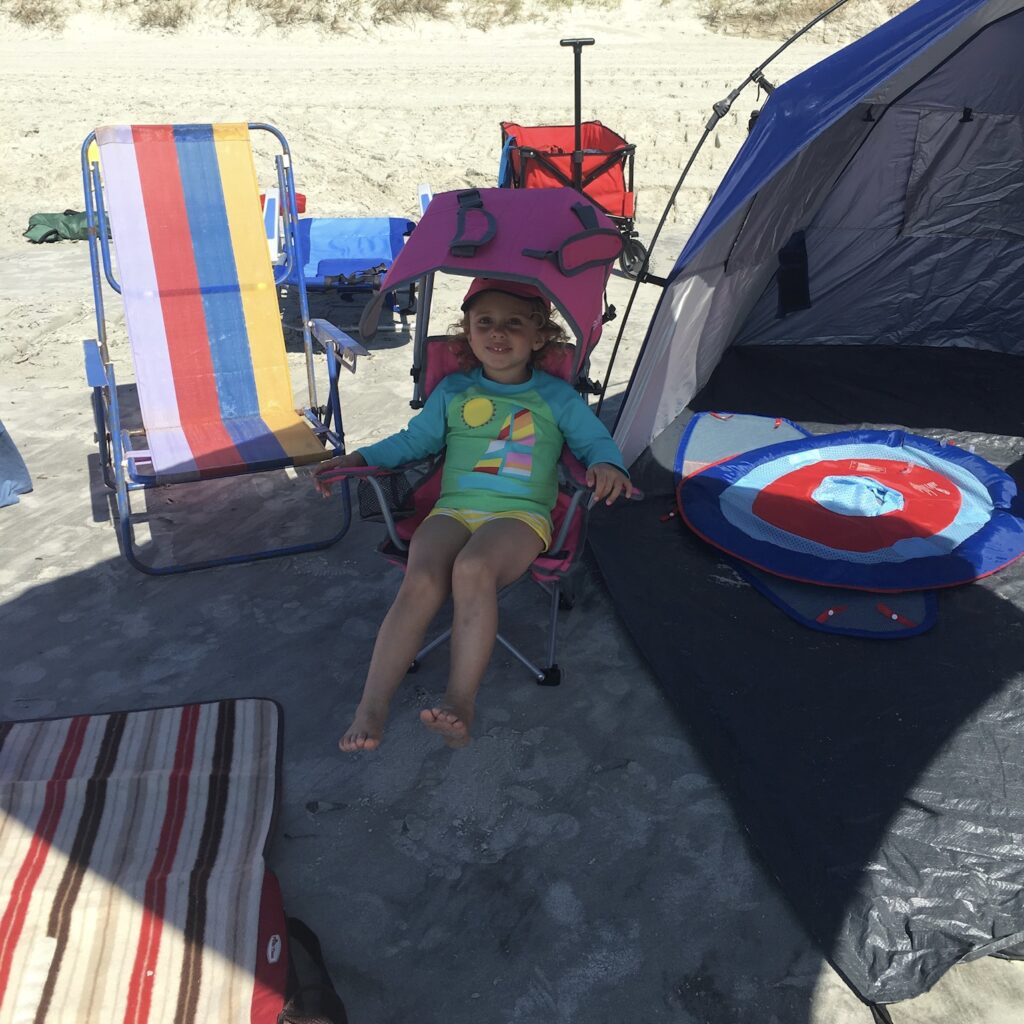
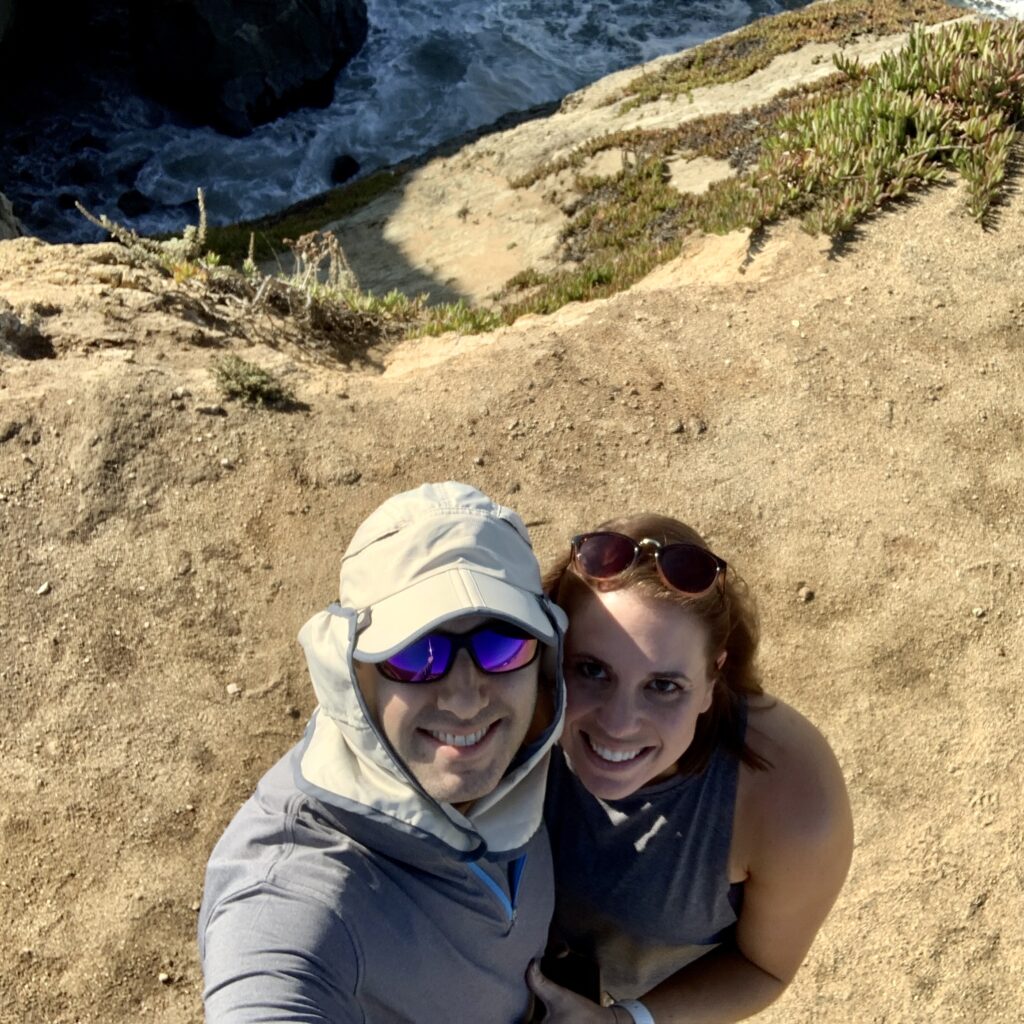
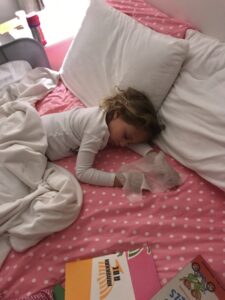
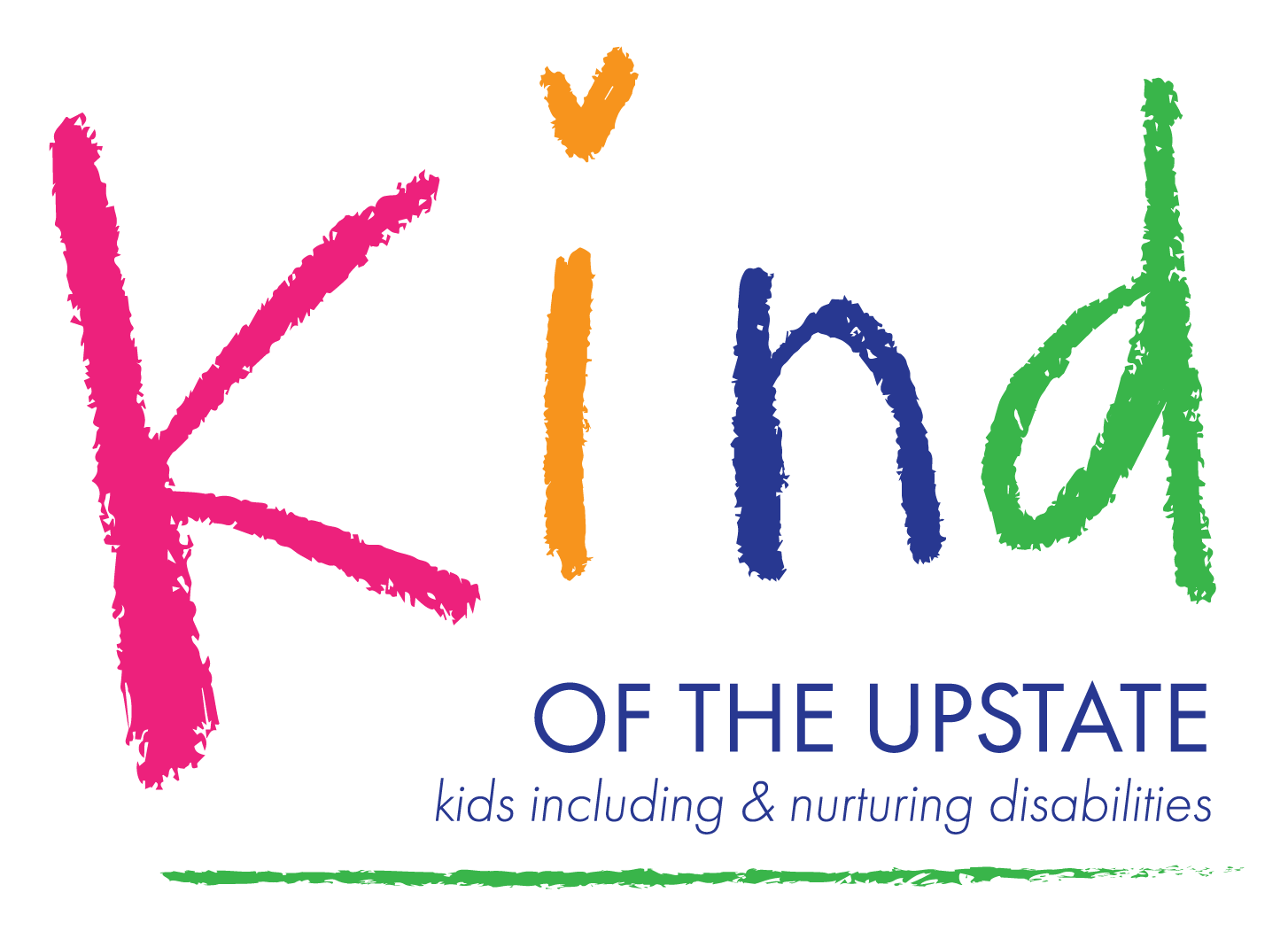
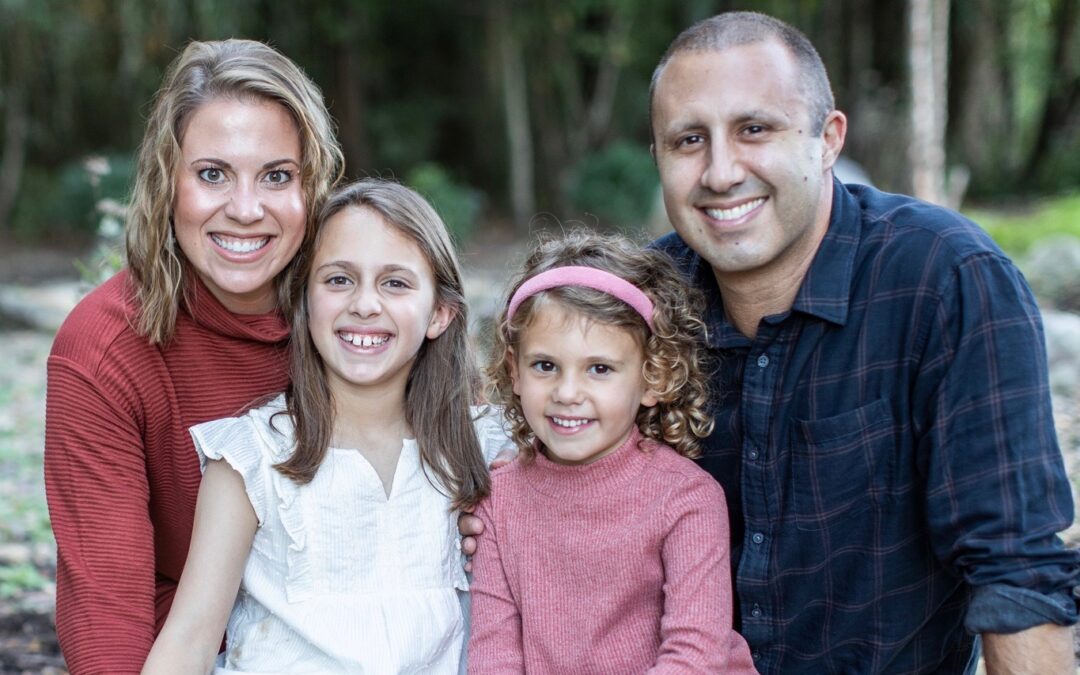
Recent Comments